First setup
I've ordered the Pocketbook directly from their website (pocketbook.de) to Hamburg, Germany - and I have to point out that the delivery was incredibly fast. Even though Pocketbook communicated a delivery time of a week, it came the next day.
I won't explain in detail how to set up the Pocketbook InkPad Color 2. It's quite straight forward and there are other videos and review out there which will demonstrate it to you. Please also mind, that the software on the Pocketbook InkPad Color 2 is the same like for other Pocketbook devices. So there is no real difference here.
I still like to mention that there is still room for improvement. For example the Dropbox Login for Sync didn't initially work
and I have to try a few more attempts. Same for the Pocketbook Cloud Sync. It didn't want my books to sync initially. After restarting the
device it worked.
I suppose this is no real down side of the device because competitors won't even have such syncing features.
But still, this is a downside of the UX within the first few minutes using the device and it's worth to mention.
After I did set up the device I installed KOReader, an alternative reader software.
It's a great benefit of the Pocketbook devices that it's very simple do to so. Just attach the device via USB
to your computer, copy some files, and... done.
...
Well, in theory. Because the device is available for just a few days it wasn't supported by KoReader.
Luckily this could be easily done by adding a few lines of code to KOReader.
Even more luckily my
Pull Request to support InkPad Color 2 was accepted just a few minutes after I created it.
So in case you< are thinking about using KOReader on the InkPad Color 2, it's very likely that it is already
supported by the most recent version.
Display Quality
The overall display quality is quite good. The display is uniform and text is easily readable, no matter if you are outside or inside, with or without sunlight, with or without front light enabled.
Reading in moderate sunlight without front light enabled:
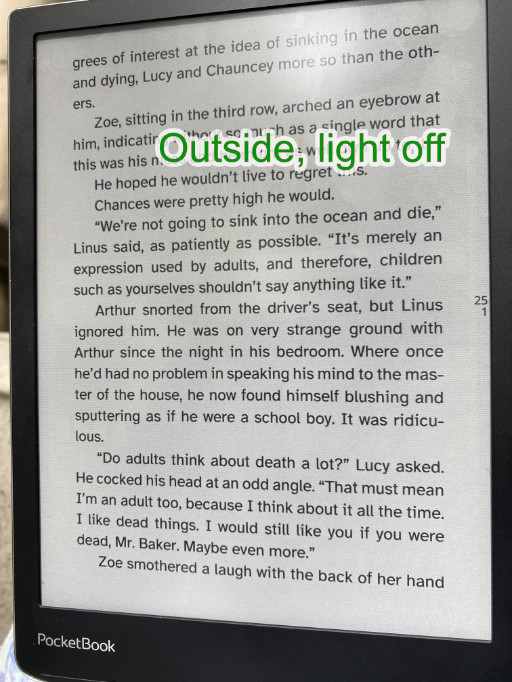
Reading in moderate sunlight with front light enabled, max brightness:
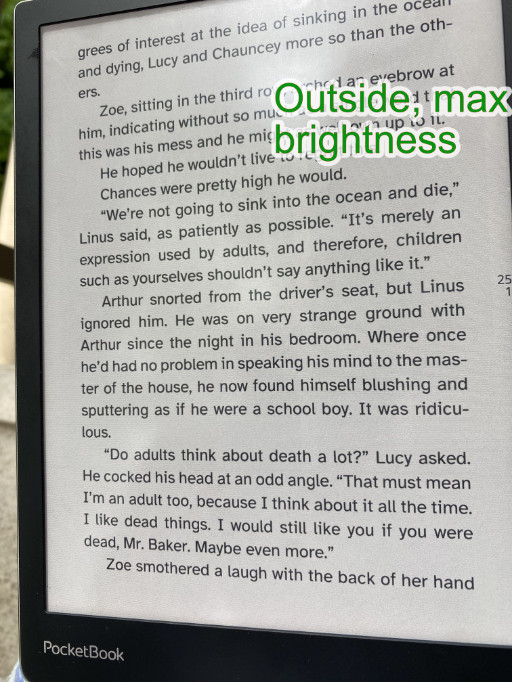
You can't expect the same display quality like for a newest-version black/white device though.
It's worth to mention that the built-in technology to display colors will add a lot of tiny black background dots to the display.
You won't notice these dots too much if you don't look too close, but what you will notice is that the background - that actually should be white - is grayish.
Here is a closeup view where you can see the black dots I mean. You can also see that color images have a lower DPI than text:
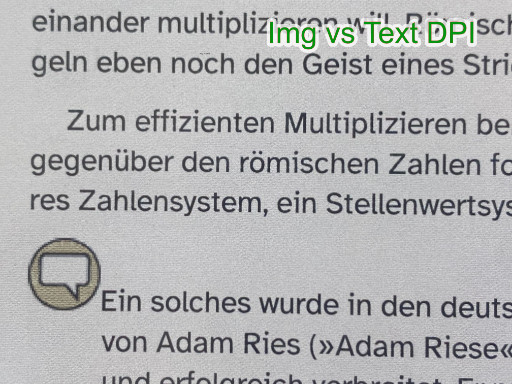
Here are two more pictures which show you that for colored text the DPI are less than for black text:
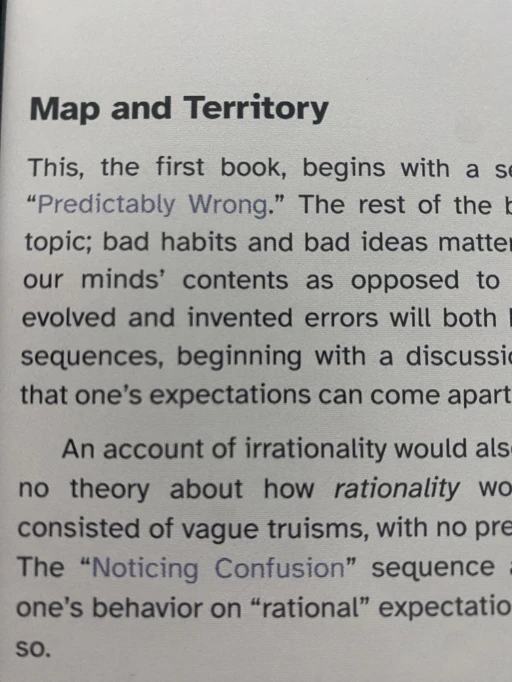
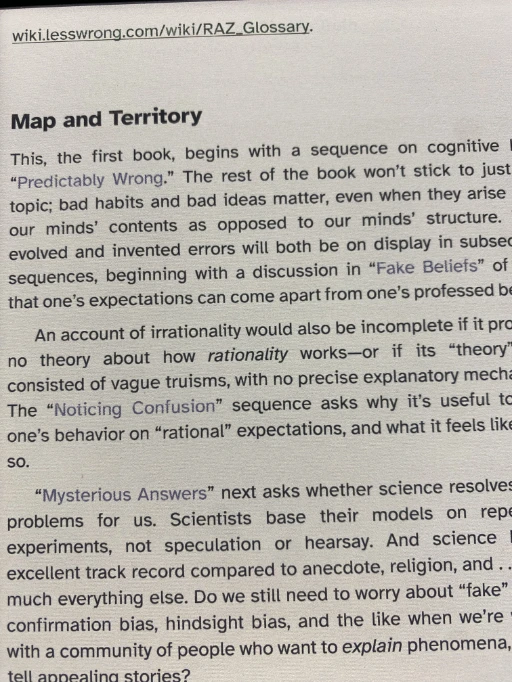
What does that mean?
The contrast between black text and background is worse. It's not really an issue if you are outside and the sun is shining.
But if you are inside, the lower contrast may be come an issue. You can fix this by increasing the front light.
Roughly you have to add 30% more of front light to the InkPad Color 2 to have the same contrast like for the Kindle Paperwhite.
I don't think that's an real issue. It isn't for me. Also, I never use the maximum brightness because it's still capable of blinding my eyes.
What's actually slightly better on the InkPad Color compared to the Kindle is the sun reflection:
The Pocketbook reflects sun a bit less and may therefore increase readability in sunny environments.
Unfortunately my device has a defective pixel. It's no deal-breaker, but it's still a bit annoying. The main purpose of an E-reader is
to provide a great reading experience. If there's an annoying little pixel this will decrease the pleasure of reading. Not a lot, but it's demerit.
This is most likely just an issue with my specific device
I've contacted PocketBook and they sent me another device. If I look very, very closely and increase the front light to the max setting I can see defective pixels, too (likewise for the Kindle).
But it's not severe, I didn't even manage to take a photo of these.
Overall I'm quite happy with the screen now.
Here you can see the defective pixel:
![]()
The display front light is quite uniform. You can see a slight change in color temperature from top (cold) to bottom (warm). But it's no deal breaker.
If you look closely you will find the same issue on the Kindle Paperwhite, even if it's even less apparent on the Kindle.
Under special circumstances (reading in the dark with medium front light and quite high color temperature) I can see that
the warm light isn't perfectly uniform as well. I tried to make an image of this but my camera won't even be able to capture the difference.
Displaying colorful images is great. There is sometimes a Ghosting - but it only happens rarely. See for yourself:
KOReader
Like I already mentioned above I don't use the original application for reading ebooks on the Pocketbook. Instead, I'm using KOReader. This is not the right place to tell about all the benefits KOReader has, but a few I like to point out:
- In KOreader, dictionary lookup is just one "long press" away. In Pocketbook's original software you first have to open the highlight menu and then click on the dictionary button.
- In KOreader you can increase font contrast and weight very granular. This improves readability, especially for devices with lower contrasts.
- KOReader feels a bit faster
KOreader has some Wifi issues on Pocketbook devices.
You need to make sure that Wifi is working on the Pocketbook before you open the KOreader app. Otherwise
KOreader will not be able to establish the connection.
If you are technically skilled you might give KOreader a try. In my opinion isPocketbook with it's Dropbox Sync and KOreader as the reader software one of the best E-reader software you can have right now.
Here you can see the text without increased contrast in KOReader:
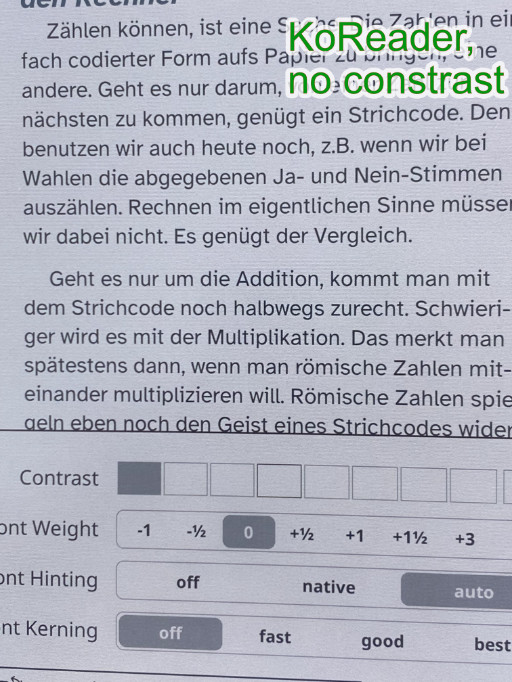
Here you can see it in a slightly different light situation with contrast increased.
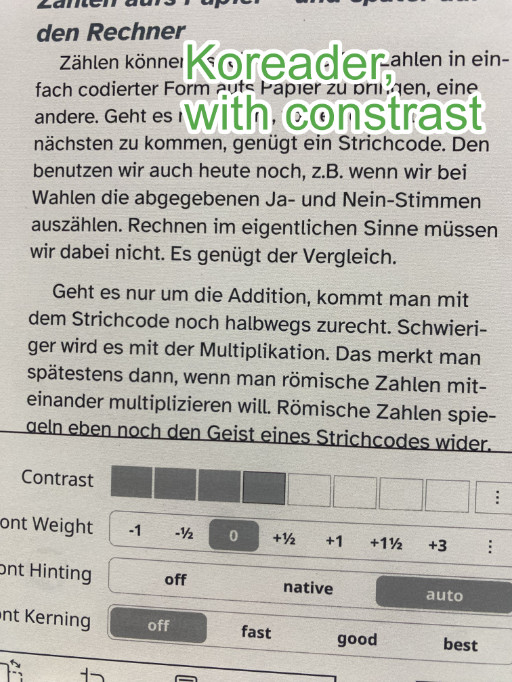
Hardware buttons
In comparison to the Kindle Paperwhite the Pocketbook has hardware buttons.
This might not make a big difference to everyone but I really like the usage of hardware buttons, especially for page turns.
With hardware buttons you can keep your thumb on the button and once you need to switch to the next page you just need to press.
For E-readers without hardware buttons you have to use the touch screen. Usually you tap with your finger on the right side
of the screen to switch to the next page.
This is also an option with the Pocketbook - but you have to at least move your thumb a bit, or worse change the way you are holding the device.
The hardware buttons work flawlessly and have a good haptic feedback.
They may be a bit noisy sometimes.
Again I don't know if this is only an issue with my device but the left home button is nearly silent while the other 3 buttons (back, forward, power off) make a clicky sound.
This might be a bit annoying for you or your partner in case you want to use the buttons reading at night.
Turn on your speakers and listen for yourself:
I've contacted Pocketbook and they sent me another device. The buttons are slightly less noisy but it's still a thing you have to live with when using this device.
Device Speed
E-readers are slow. You probably already know that. It's because of how the E-ink displays work.
Pocketbooks InkPpad Color 2 is no exception.
It has a quad core processor built in and I can tell that it's fast enough for all the tasks you usually
use an E-reader with (which is mostly... reading).
Don't even think about using the built-in web browser for your daily businesses though.
The Kindle Paperwhite feels a bit faster overall. But I would say it's neglectable.
Don't let your first experience with the device fool you: The device is noticeable slower at the beginning. Probably, because of background tasks such as update-downloading and syncing. After a few minutes or hours it will be faster.
What's interesting: Page turns are noticeably faster using the hardware buttons. The time for a page turn is similar to the Kindle Paperwhite then (which only has a touch screen without hardware buttons). If you use the touch screen of the Pocketbook, it takes a a bit longer.
See here a comparison regarding page turn speed, left side Pocketbook, right Kindle. First I use the touch screen to switch pages, afterwards the hardware buttons.
I've contacted PocketBook and they aren't aware of any issue here. I don't assume it gets fixed too soon. Neither would I say it's a deal breaker. You may not even notice the change in speed if you don't focus too much on it.
Summary
Overall the Pocketbook is a great device.
I've mentioned some flaws with it but keep in mind that I may be a bit more picky than average.
You should ask yourself some questions to find out if this is the right device for you: Do you need a color device? If no, then there are cheaper devices out there. You still might to buy a Pocketbook because of Onleihe, Dropbox and ePub support. If you need colors, it's probably the best product you can get for the price. If you want to save some money you might check out the Pocketbook Color* which is smaller and older but may be sufficient for your needs. There's also the first version of the Pocketbook InkPad Color*. But because of the improvements of the second version and the difference in price is not too high I recommend to get the second version.
*These are affiliate links. If you click on such a link and you buy a product, I'll get a small revenue. This won't increase the price for you.

